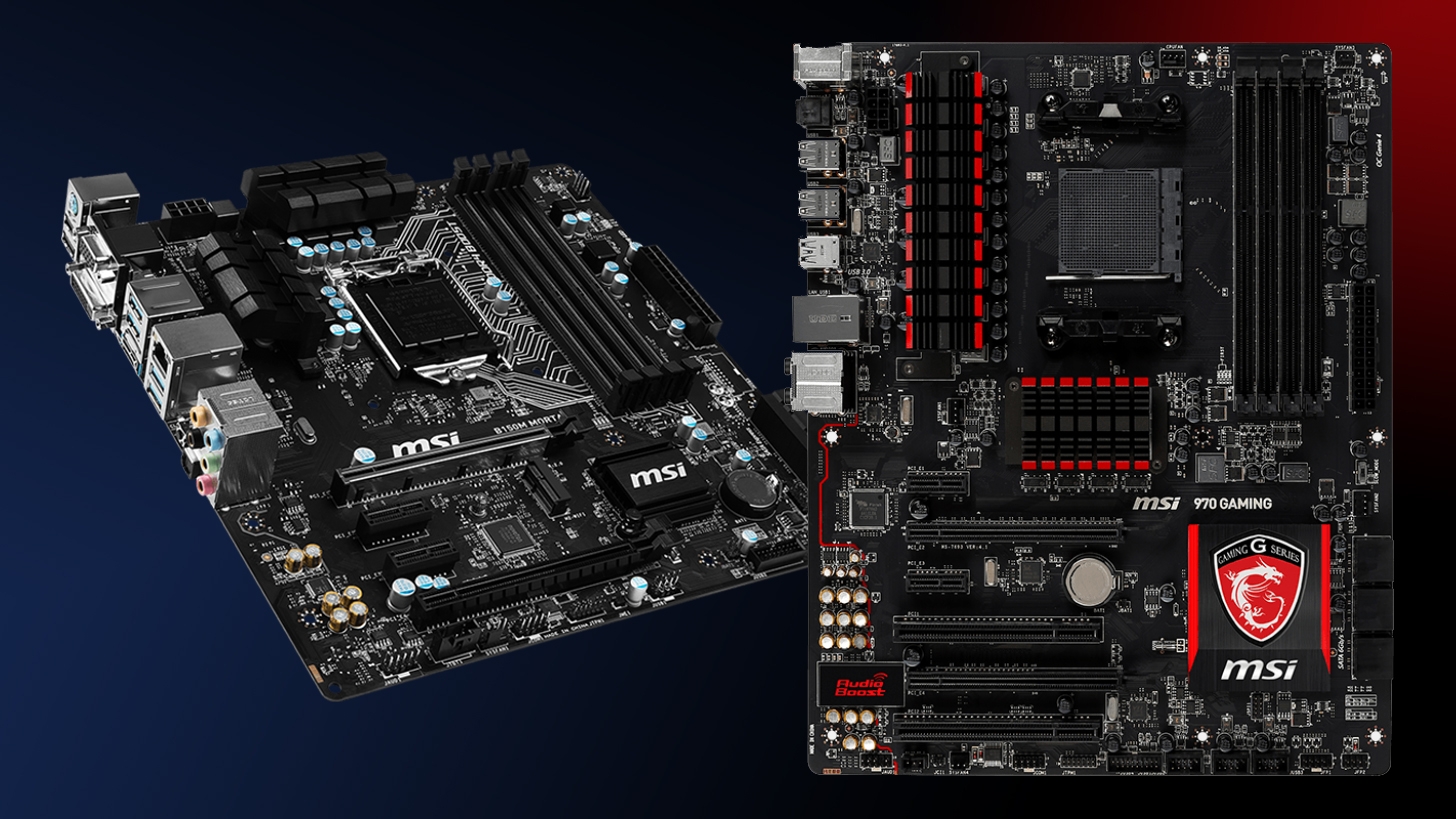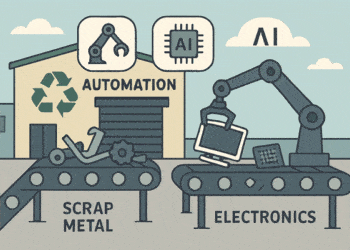When we consider building our own computer from scratch or buying one already assembled, the typical question will appear: ATX Vs ITX. Which one will be the best for me, will they perform the same or, on the contrary, is an ATX much better despite taking up more space? Well, we will analyze all this here by comparing both.
Before seeing the results of ATX Vs ITX, let’s know the key factors when making our decision:
ATX Vs ITX:-
In the case of ATX (Advanced Technology Extended) chassis as well as many other SFF (Small Form Factor) the space and assembly technique will be much more intuitive and generic than in an ITX, this does not mean easy. The first case would be typical chassis that support full-size motherboards, as well as normal power supplies, GPUs, and storage of almost any size. In the second, we have a chassis more or less as big, but much thinner, which needs a low-profile heatsink and probably an SFX power supply as required in ITX chassis.
Advantages of ATX:-
The good thing about these ATX chassis is that there are plenty of them, of all sizes, for all tastes, and of all capacities. Thus we see Middle Tower sizes (for ATX boards) as the most widespread, or Full Tower (for E-ATX boards and larger) for high-performance assemblies. Here the keys will be simple:
- If you have a lot of storage or want ventilation, ATX cases will be your choice
- You have many more designs and aesthetic configurations available
- The assembly will be more intuitive and clean when it comes to routing cables
- Forget about portability, because there is no point in carrying a box of more than 8 kg from side to side
Do Both ATX & ITX Perform Same?
When it comes to motherboards and hardware power, size doesn’t matter too much. In fact, today the ITX factor of 17×17 cm has prevailed over the typical Micro ATX, as it is a really small format and gives exceptional performance boards. So much so that there are real beasts like the Asus ROG Strix Z490-I Gaming for the Intel Comet Lake-S platform, which supports the most powerful CPUs and over-clocking, just like full-size motherboards. In this aspect, an ITX board can perform the same or almost the same as an ATX, but they will be expensive, be clear!
Which One Is Good For Updating?
When buying the component that we have in mind, an ATX chassis is going to be a safer option in this regard. And who knows if in the future we will want to install a Wi-Fi, Thunderbolt or PCIe sound card? In an ITX we would only have a single slot. Another important limitation will be the RAM capacity, in the ATX we always have 4 slots, while in an ITX there will only be two, although as it supports modules of up to 32 GB (2 × 64 GB), it is not so worrying.







